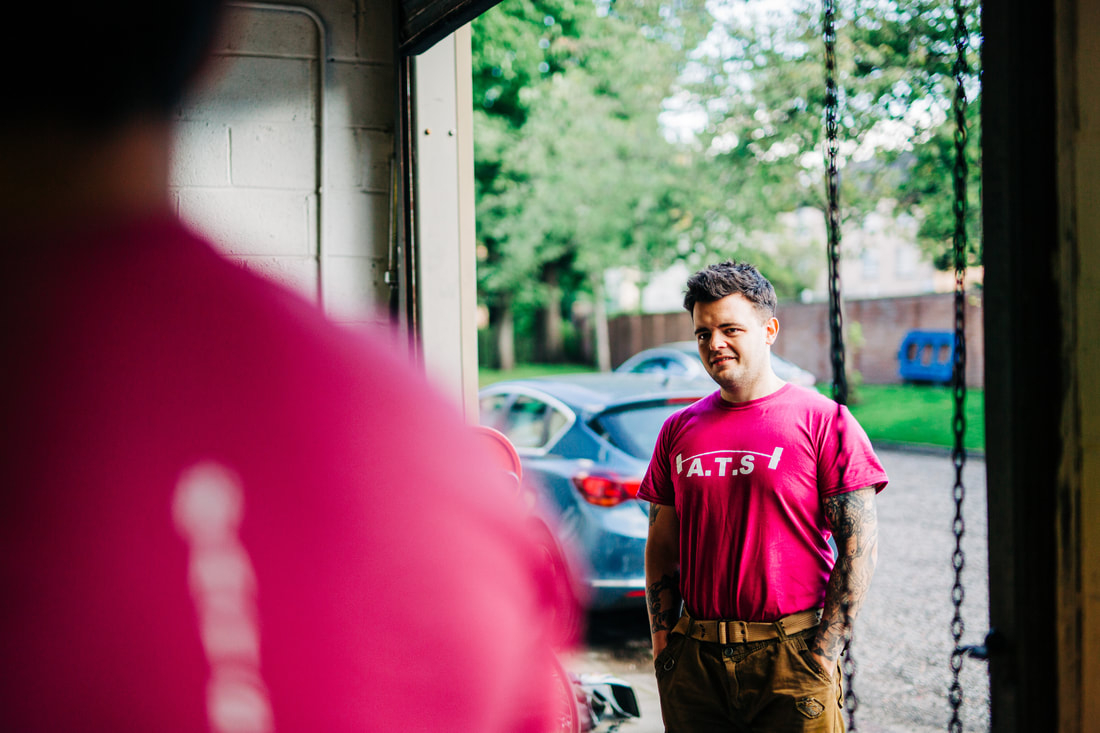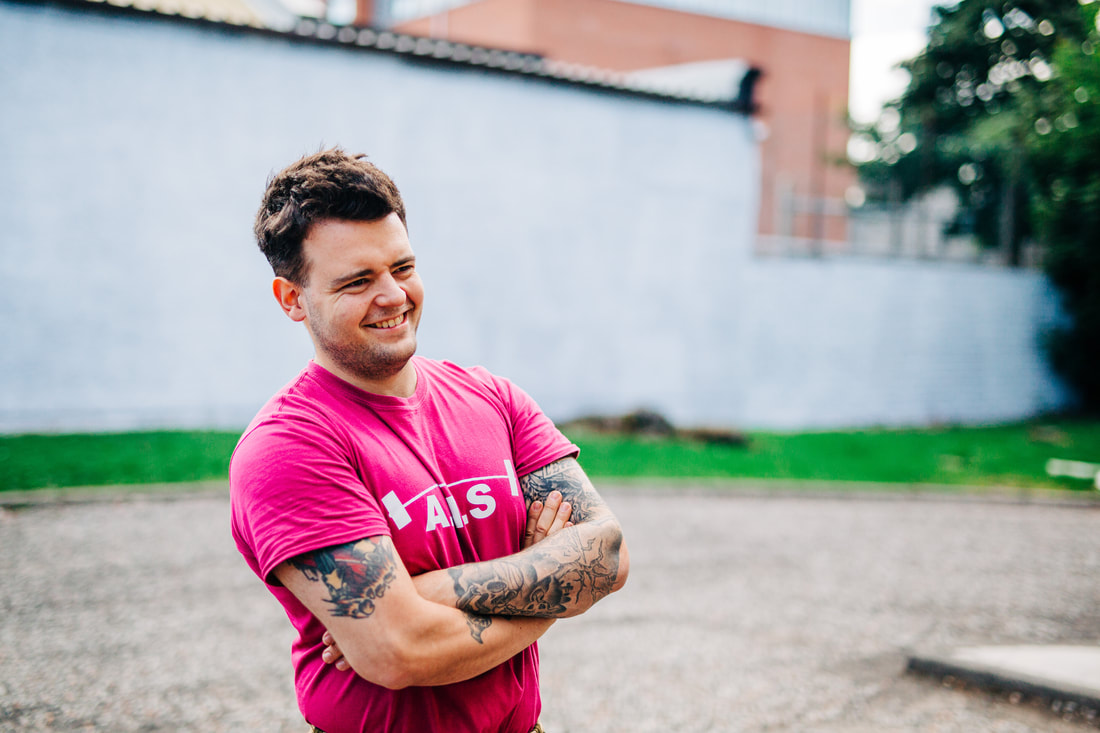|
Estimated reading time: 3 minutes One of the reasons a lot of people will choose to work with a coach is that they can act as an objective pair of eyes turned onto the medium to long-term plan, as well as help construct that plan in the first place. I’ve written before about the nature of having a plan and how to build one if you’re just starting out but as our first post in this newly themed content arc eluded to, if you’re not a beginner any more sometimes you can get lost in the great swampy middle. Let’s give an example of what this might typically look like. The person in question might be a year or so into training, and they started off by completing the Couch to 5k plan through the app of the same name. They got through it and ran/walked their 5k. They worked hard and pushed themselves and not that elation of accomplishment has passed, now they’ve had their chill time and now have their eyes set on a 10k. There are plenty of training plans out there for training for a 10k, some even borrow the handy marketing title of Couch to 10k, though I’m not certain they’re produced by the same people. This person embarks on training for this, but a month or two into the plan, things are really dragging, and they’re barely even halfway through (this might not be the actual timeline, grant me some poetic licence.) They get demoralised at their distance from the goal, and their lack of immediate progress. Then they start skipping sessions, usually with a perfectly valid reason, like working late or helping family, or date night. They still keep training, just inconsistently, then they start picking up little injuries/sore bits, and before long they chuck the whole thing entirely. Not to say that they go back to sedentariness but they bail on their target of the 10k/Beach body/sporting competition, whatever it is. If you aren’t working with a coach the only person reminding you and keeping that long-term goal in mind is you. It can be hard to differentiate between what is a failing of the plan to get to that goal, and what are just bumps in the road that suck when you’re the one executing that plan. It will always feel worse to you. I’m sure most people reading this who work with a coach have either sent a filmed lift, or been mid-session and just finished a set that felt horrendous, and your coach says something like ‘That looked great! Let’s add 5 kilos’. You’re not sure if they’re delusional and didn’t just witness you fighting for your life, or they just weren’t paying attention. It’s likely because, to an outside observer, it did look very manageable. You just experienced it differently from that. This is where the water gets really murky (throwback to the swamp reference). If you are training/working towards things by yourself, you need to try and find an objective measure to judge things with that you have minimal control over. To decide these moments where you’re not sure if it’s the correct level of difficulty, or if you’re actually falling behind/backwards on the plan, there may need to be some adjustments. We’ll cover some specific ideas for objective measures when doing self-lead training in a later article. We’re just here to talk about the importance of long-term vision. Another important benefit of long-term vision and planning for athletic performance and fitness is that it helps athletes avoid injury and overtraining. When you have a clear long-term vision and plan, you can structure your training in a way that gradually builds up your physical attributes over time. This gradual approach can help prevent injuries and avoid the negative effects of overtraining. Most of this comes from not always hammering things really hard, sometimes your training session wont be a world-ender, you’ll just feel pretty ‘meh’ and that’s fine. If you’re constantly pushing through things that really should be red flags for you not to, you’ll likely end up injured and/or overtrained. We’ve talked about this before in our posts relating to goal setting, but physically writing your goal down, writing your plan out, on paper, has reals significance in helping you stick to it. It’s very different when every day you see a little post-it note or photo stuck somewhere, that little reminder of what you’re working towards when things feel gross and you’d much rather chin it off. The one good thing is that as with the smaller goal chunks we’ve talked about before, completing bigger and longer in the making goals will subsequently fortify you for further goals that may be hard to achieve. Which is another large benefit of pursuing health and fitness related outcomes.
Less practical takeaways this week, but hopefully you found something of use in the ramblings. As always find us @atsapproved on all social media.
0 Comments
Leave a Reply. |
Archives
March 2024
Categories
All
|
Proudly powered by Weebly





 RSS Feed
RSS Feed